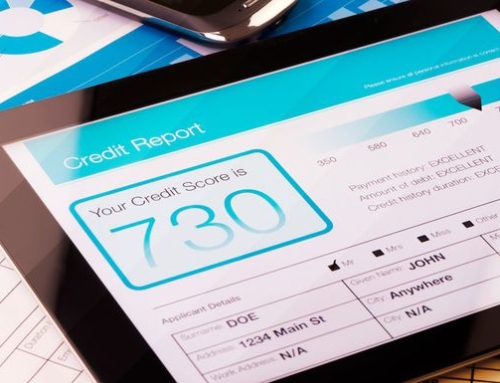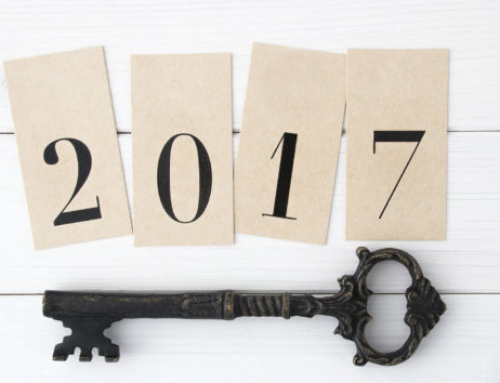They both have to do with cold hard cash, but which one is which? Here’s your cheat sheet on an earnest money deposit vs. down payment.
Source: Earnest Money Deposit vs. Down Payment | realtor.com®
When you buy or sell a home, you get used to hearing words you’ve never heard before. The mortgage lenders and insurance agents who help you through the process will throw around so much real estate jargon, somewhere along the way you might wish you had brought a dictionary—or maybe a translator. Two rather vague but very important terms for buyer and seller alike are “earnest money deposit” and “down payment.” Both have to do with cold, hard cash, but what’s the difference? Here’s your cheat sheet on earnest money deposit vs. down payment.
What is an earnest money deposit?
Earnest money—also known as an escrow deposit—is a dollar amount buyers put into an escrow account after a seller accepts their offer. Buyers do this to show the seller that they’re serious about buying the home, says Tania Matthews, an agent with Keller Williams Classic III Realty in Central Florida.
Another way to think of earnest money is as a “good-faith” deposit that will compensate the seller if the buyer breaches the contract and fails to close.
How much is a typical earnest money deposit?
Earnest money deposits usually range from 1% to 2% of the purchase price of a home—depending on your state and the current real estate market—but can go as high as 10%. If a home costs $300,000, a 1% earnest money deposit would be $3,000.
The buyer’s financing can also dictate the amount of an earnest money deposit. For example, if a buyer makes a cash offer, the seller may request more earnest money to show a true “buy-in” from the purchaser, says Matthews. In that instance, the seller of a $300,000 home might want a 3% deposit (or $9,000) versus the 1% deposit for an offer financed through a mortgage.
In any case, the seller can either accept, reject, or counter the buyer’s suggested earnest money deposit amount, says Realtor® Bruce Ailion, of Re/Max in Atlanta.
The earnest money deposit process
Earnest money deposits are delivered when the sales contract or purchase agreement is first signed. They are often in the form of the buyer’s personal check. The check is held by the buyer’s agent (never given directly to the seller) and is sometimes never even cashed, says Brian Davis, co-founder of SparkRental.com. If the check is cashed, the funds are held in an escrow deposit account. The money will be shown as a credit to the buyer at closing and will offset part of the down payment amount or closing costs.
So here’s the real crux of the matter: If a prospective buyer backs out of the deal, the seller might be able to keep the earnest money deposit.
Matthews advises sellers to comb through the contract to see if they can take legal action. But keep in mind that if the buyers back out for any reason allowed by the contract or purchase agreement, they are legally entitled to get their earnest money back.
What is a down payment?
A down payment is an amount of money a home buyer pays directly to a seller. Despite a common misconception, the down payment is not paid to a lender. The rest of the home’s purchase price comes from your mortgage.
The down payment money can come from the seller’s personal savings, the profit from the sale of a previous home, or a gift from a family member or benefactor.
Down payments are usually made in the form of a cashier’s check and are brought to the closing of a home sale.
Typical down payment amount
The exact amount of a down payment is often determined by the lender in relation to the overall loan amount. The minimum down payment required by mortgage lenders is 3% of the house’s price, and a 20% down payment is recommended by the real estate industry. But that’s not to say you haveto put down 20%. After all, that’s a large chunk of change to have on hand, especially for first-time home buyers.
Is a 20% down payment on a house mandatory?
For decades, a 20% down payment was considered to be the magic number you needed to be able to buy. It’s an ideal amount, but for many people it’s not realistic. In fact, many financing solutions exist, so you can consider that myth busted.
“Putting [down] less than 20% is OK with most banks,” Christopher Pepe, president of Pepe Real Estate in Brooklyn, NY, told U.S. News & World Report. However, if you’re putting down less than 20%, there’s a catch. You will probably have to also pay for mortgage insurance, an extra monthly fee to mitigate the risk that you might default on your loan. And mortgage insurance can be pricey—about 1% of your whole loan, or $1,000 per year per $100,000.
Still, nothing compares to the feeling of owning your own home, so if you have your heart set on buying, there are options out there to help you achieve your dream of homeownership.
———————————————————————————–





